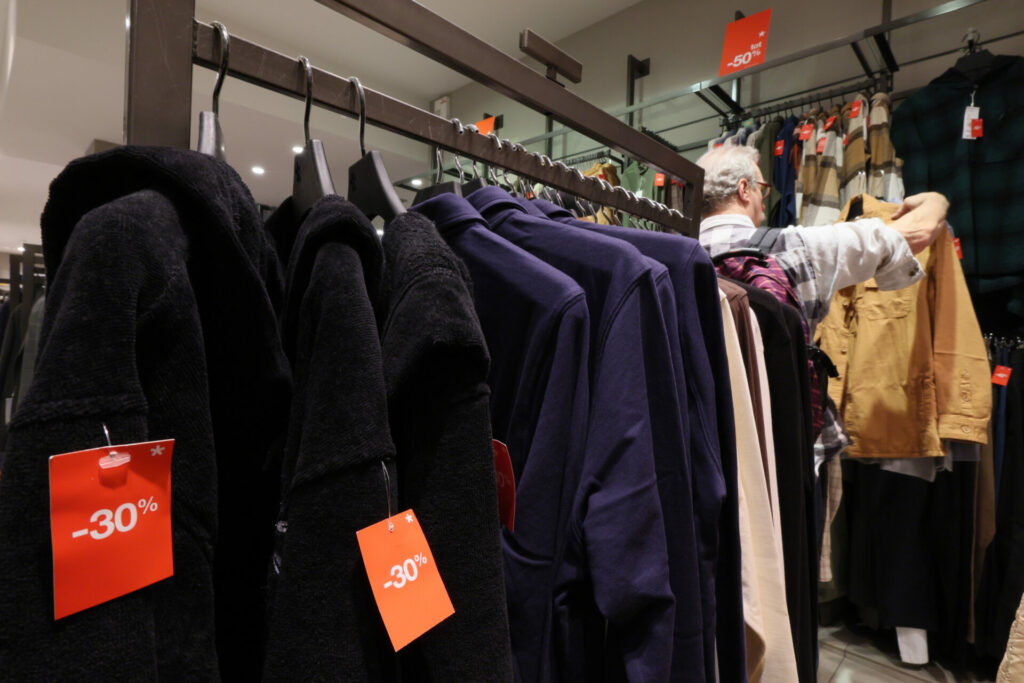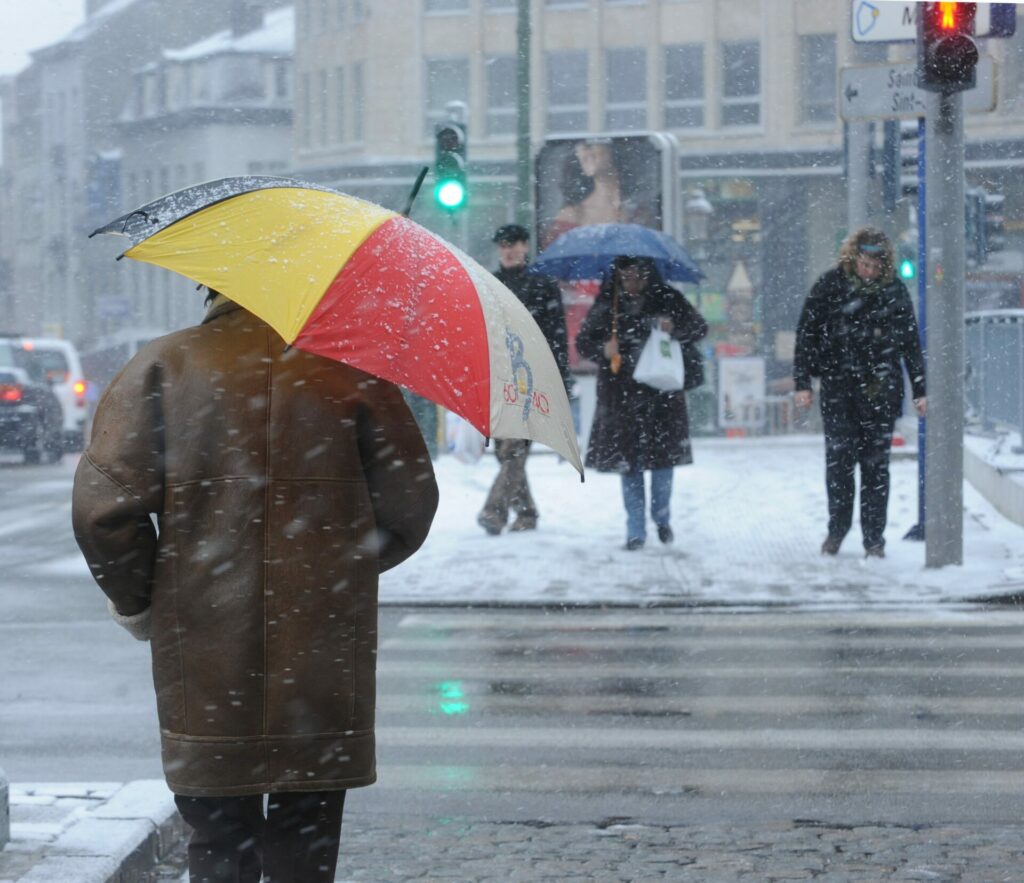Unseasonably warm autumns and mild winters are having an affect on demand for winter apparel. Whilst many retailers were ready for consumers to buy warmer clothing in September, the "Indian summer" has led retailers to rethink their approach to stocking winter clothing.
Isolde Delanghe, a representative from Mode Unie (the association of independent fashion entrepreneurs), discussed the impact of this weather anomaly on the industry in an interview with RTBF. "Traders are increasingly opting for mid-season pieces and not for real winter items," she explained.
This shift in purchasing trends is a response to the decreasing demand for traditional winter garments as consumers hesitate to invest in thick coats and warm clothing due to the warm weather.
The situation is particularly pronounced in Belgium, as even the Week of Belgian Fashion turns attention towards a new line of winter outfits. "The autumn and winter collection is selling a little less well than hoped," Delanghe acknowledged. Put simply, people aren't ready to purchase new warm clothing.

A man looking at a coat, at the official start of the winter sales, Tuesday 03 January 2023 in Brussels. Credit: Belga / Benoit Doppagne
This is not an isolated occurrence: over the past few years extended warm spells after summer have been common, causing customers to delay their winter wardrobe shopping until the cold truly sets in. Consequently, the winter collection is expected to linger on store shelves longer than usual this year.
Fashion retailers are grappling with the challenge of adapting their purchasing policies to accommodate unpredictable weather patterns. The industry requires retailers to place orders with suppliers six to nine months in advance, making it challenging to predict the weather conditions at the time of sale.
"Because very cold winters have become infrequent, traditional winter items like thick coats are appearing less frequently in stores," Delanghe explained. Instead, many retailers are shifting their focus towards mid-season items, which are lighter and versatile, suitable for both warmer and cooler temperatures.
But though trends might shift with the weather, Delanghe remains hopeful for the industry's prospects: "If temperatures drop soon, sales of warmer clothes will rise again," she emphasised. "Consumers may relish the warm weather, but they also appreciate the opportunity to build a beautiful autumn wardrobe."

